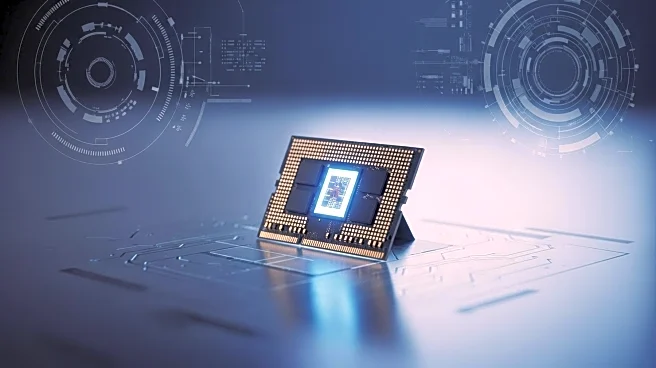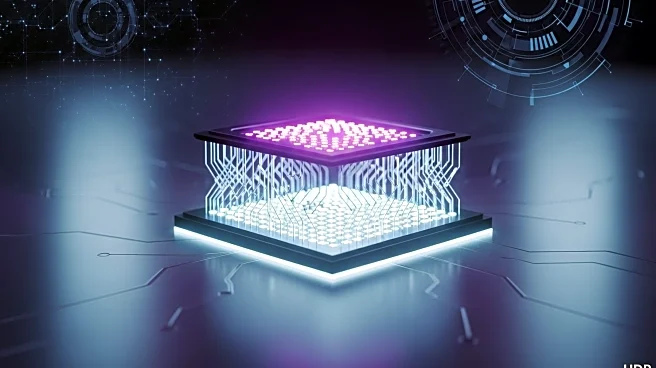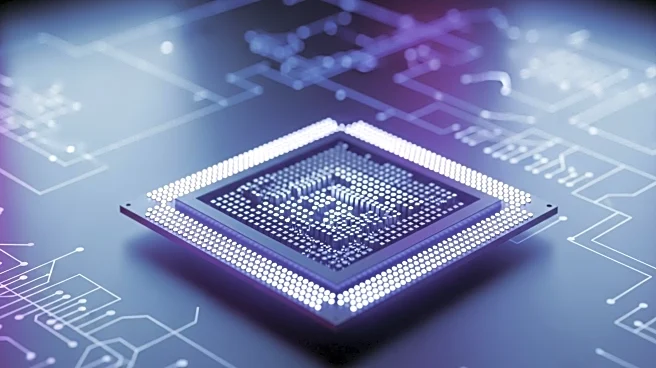What's Happening?
Researchers at Fudan University in Shanghai have developed memory chips just 10 atoms thick, potentially leading to significantly larger storage capacities in electronic devices. These chips are made from 2D materials like graphene and have been integrated with CMOS chips, which are commonly used in computers. The prototype achieved over 93% accuracy in tests, indicating a promising proof of concept despite not yet being commercially viable.
Why It's Important?
The development of ultra-thin memory chips could revolutionize the electronics industry by allowing for more compact and efficient devices. This technology addresses the limitations of current silicon chips, which face challenges in further miniaturization due to signal leakage. The use of 2D materials may overcome these obstacles, enabling continued advancements in device complexity and performance.
What's Next?
Further research and industrialization are needed to make this technology commercially viable. The integration of 2D materials into existing manufacturing processes could lead to breakthroughs in device miniaturization and efficiency. Continued development may result in more reliable consumer devices with enhanced storage capabilities.
Beyond the Headlines
The shift towards 2D materials in chip design could have long-term implications for the electronics industry, potentially leading to more sustainable and efficient manufacturing processes. The cultural impact of increasingly compact and powerful devices may influence consumer behavior and expectations.










